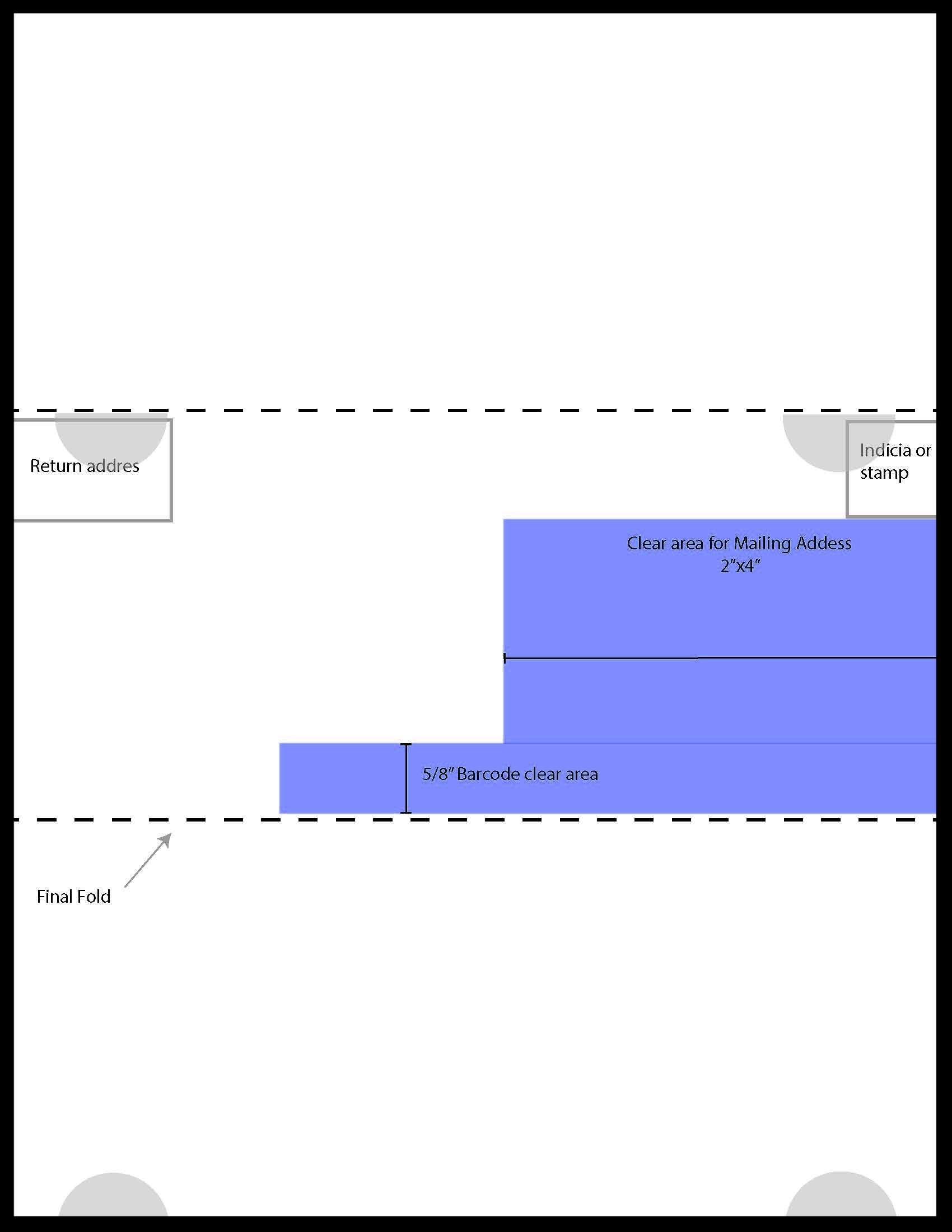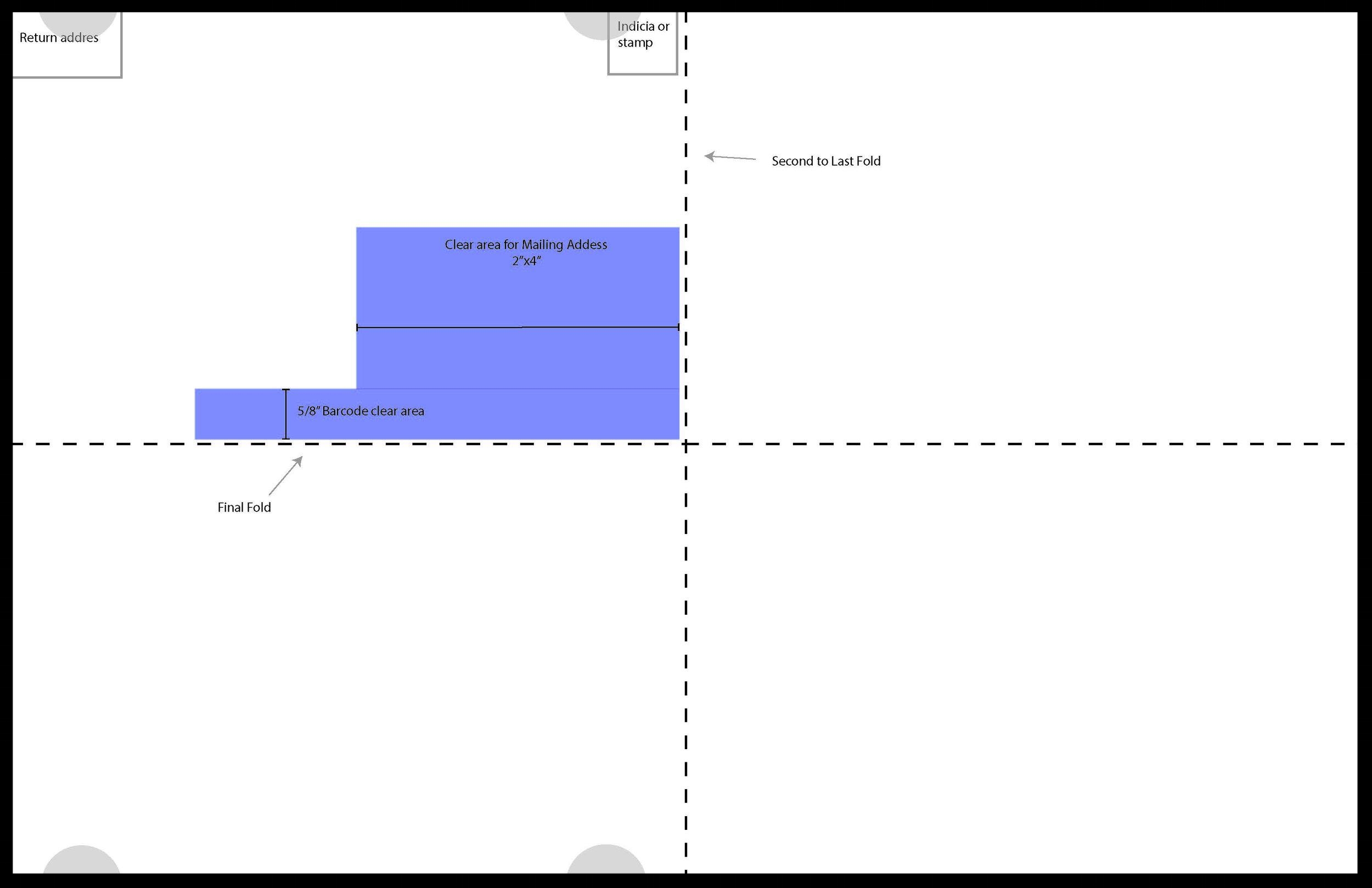We can help you select the best list for your direct mailing, but nobody knows your customers like yourself. To select the most effective mailing list we recommend that you profile your ideal customer or target audience. It may be helpful to look at current customers for characteristics or visualize an ideal customer. We recommend collecting as much data as possible from your current customers to get a better idea as to who they are and how to find people like them. The next step will be to document all the characteristics that defines who they are. Write down everything and think outside the box. This can be as simple as their location and income and can be as complex as there interests or personality. These do not necessarily need to correlate to the customer purchasing your product or service, but should be indicators of the audience you are looking to target.
After you have created your profile rank each attribute according to how important each characteristic is. This is helpful because lists become more expensive with the more selections and criteria you add. If you can focus on the most important characteristics or select criteria that are indicators for multiple characteristics you will be able to get more value out of your list.
Sometimes characteristics may seem to be mundane and irrelevant but could be very useful. For instance if you are a dentist and you notice that all your clients drive convertibles, selecting a list with people that drive convertibles may be the best list for your businesses. Even though convertibles are irrelevant to the dentistry industry they may be an indicator of a specific demographic (age, income, interests, habits, gender, etc) and it would be more cost effective to target convertible owners than targeting the age, income, habits, and gender that are represented by convertible owners.
When thinking of characteristics do not just include characteristics that you think are selects on mailing list. You will be surprised at how many options are available for mailing list selections including interests, hobbies, activities, and the list goes on and on.
It is often best to provide your characteristics and rankings to a mail house for review so we can help you get the best list. It is also helpful to provide a description of your businesses to your mailing agent. We see lots of different lists and strategies from all different companies and it is often helpful to get an outsiders opinion. With your rankings and description we can also look for a list that is both effective and falls within your budget. In most cases it is beneficial to spend more on a targeted list, because you will be saving money on wasted postage, printing, and processing if you mailed to a more generic list which included recipients who do not fit your customer base.


